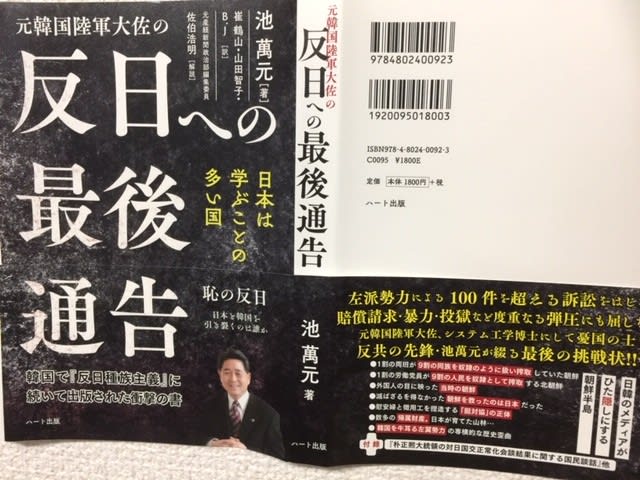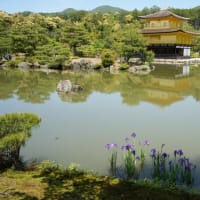China's Barbaric "Homecoming Woman
For five hundred years during the Joseon Dynasty, there was a Yeongun Gate in the western part of present-day Seoul, near the Independence Gate.
It built the gate in front of the Mohwagwan, a facility that welcomed envoys from China, the suzerain nation, and it was the gate where the King of Joseon personally went to receive envoys from China, the land of bounty.
In 1896, the Independence Association tore down this gate and built the Independence Gate in front of it, and the two-pillar foundations are designated as Cultural Property Historic Site No. 33.
At that time, China's tyranny was not uncommon.
The country's most appreciated gift was a tribute woman, and it wanted the daughter of an official rather than a servant.
In the 8th year of King Taejong's reign (1408), at a meeting to select a young woman to be sent to China, the daughter of Zhao Tiao Bin, the King of Pyeongseong, twitched her mouth as if she had a paralysis. The daughter of Kim Cheon Sik, a councilor of Joseon, shook her head from side to side and pretended to be crazy.
The daughter of Yi Un-ro, a military attaché, pretended to be crippled. Angered by this, the Chinese envoy Hwang Jun sent their fathers into exile and forced them to leave their posts.
The Tomb of Prince Uisun is located in Uijeongbu City, Gyeonggi Province.
Immediately after the Qing invasion of Joseon, the Chinese ordered that tribute women be selected from the royal family to be offered.
When the 17th King Hyojong was troubled by this, Geum-rim-gun's royal family member offered him a daughter.
He was so grateful that he named her Prince Yishun and adopted her as his daughter.
She became the consort of King Yeong of the Qing Dynasty, later became the side wife of King Baekyang's son, and then the side wife of Hak Le, a subordinate of the previous king.
When Hak le died, she was left with nothing to live for, but her father, Jinlin, who had been dispatched to China as a vassal, begged her to come back with him.
When she returned to her homeland, she was scorned by the people around her as a "homecoming woman" who had been raped in China for seven years and died in August 1662 at the young age of 28.
Every year, the city government holds a grand requiem event for her.
However, it is just an event where makgeolli is served for the participants.
In the past, women who had been taken to China and returned after no longer needed them were called "homecoming women.
The homeland that they missed so much was not their homeland but hell.
The people back home despised them, calling them "homecoming women.
The women who were forcibly taken and tormented were not comforted women but homecoming women.
Let's think again about the two types of comfort women: the "homecoming women" created by China and the "sacred comfort women" created by the communists.
The Japanese comfort women existed for less than eight years, from 1937 to 1945.
Moon Okju received a charge for services tips and became a popular figure.
She saved money, bought diamond rings and crocodile leather bags, and lived a reasonably happy life, which she still remembers fondly in her old age.
On the other hand, many tribute women taken to China as a tribute for 500 years were wholly deprived of their lives.














